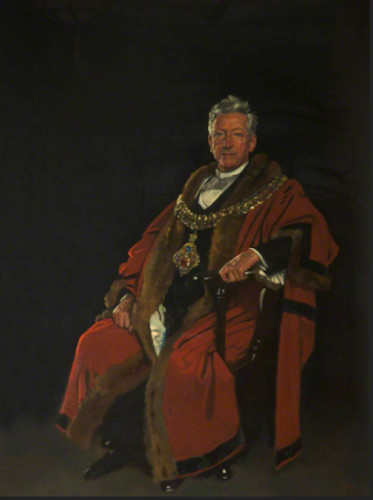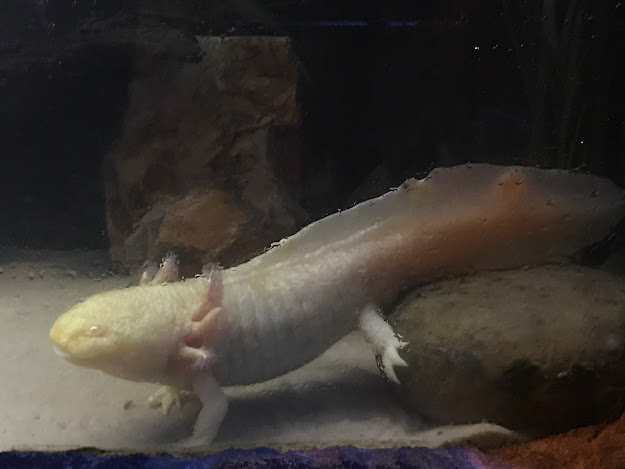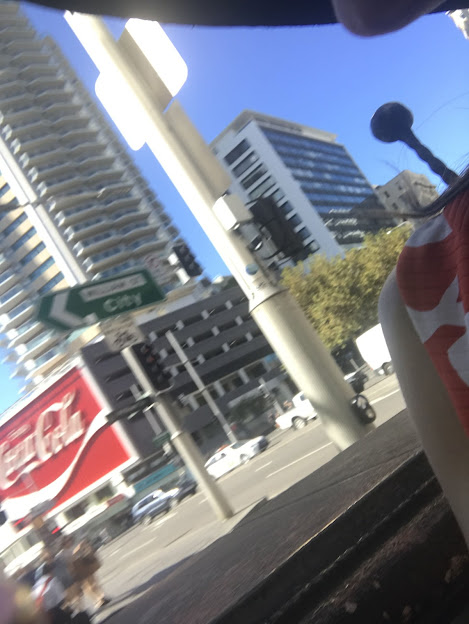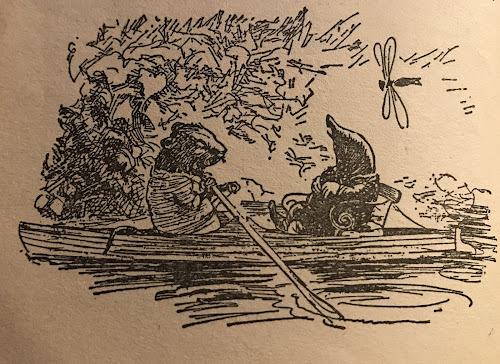 |
| A Cosy Corner To Linger Longer In |
It's that time of year again, Dear Reader, when the oaken armchair gets its winter coat. The central heating is on*, and this comfortable piece of Victorian furniture is a very cosy place to stop right now. If you merely glanced at the photo of this little nook, you may have thought momentarily that the Pipistrellos have gone truly Mad and splashed out some serious dollars on a piece of Statement Furniture. For each winter season, this chair becomes a mock Mouton de Laine, our tribute to François-Xavier Lalanne, one half of a pair of French artists with an eye to the whimsical and surreal.
 |
| Behold! Marc's Mouton ... And his Boots (not for sale) The Deluxe Version of our Chair |
What's in a name, you may ask? If it happens to be Pipistrello and you are merely tossing a sheepskin across a piece of rustic brown furniture, then about 25 cents. But if it happens to be Marc Jacobs, then his Mouton came with the eye-watering price tag of US$680,000** when it went under the hammer some months back. And, frankly, I know which of the two wooly chairs I'd rather linger longer on.
 |
| So Typically Lalanne & A Biting Pun Alert: Crococurule Stool A Snip at 175,000 Euros |
But hold onto your hat now when I tell you that if your name happens to be Lalanne, Claude or François-Xavier (or both in this instance), some bunny*** coughed up US$882,000 around the same time when their version of the Mouton from their private collection went to auction!**** That's about $1.3M in Australian money. Still, whatever kind of peso you think in, I'd wager you might have a heart attack if you suddenly found yourself inadvertently holding the winning paddle.
 |
| William Orpen's 1900 Portait of James Staats Forbes Relaxing in an Oaken Chair |
But what happens when your name happens to be William Orpen? This is a name completely unknown to me until quite recently. Mr. P and I were watching a show on the telly about Victorian ingenuity, when up pops this portrait (above) of one James Staats Forbes, engineer, railway baron and inveterate art collector and described as "witty, urbane, relaxed and charming", and hullo!, he seemed to be sitting in our chair!
A little bit of a rummage around the interwebs and I discover that this portrait is by Sir William Orpen RA. A new name in this household but my interest was further piqued when I did recognise one of his many portraits immediately as a fetchingly styled reproduction of it (above) has been lurking in one of my Pinterest boards for many a year now, Le Chef de l'Hôtel Chatham, Paris, circa 1921.
 |
| Baron Leverhulme, Mayor of Bolton, 1921 Scuttles my Provenance Hopes With a Glimpse of a Turned Foot |
More rummaging and lo!, William Orpen did not only paint JS Forbes sitting in this armchair but a whole galaxy of British luminaries from academe to industry to politics throughout his career, including David Lloyd George in 1927 and Neville Chamberlain in 1929. His phenomenal success as a society portraitist saw him earning vast sums when other artists struggled. His biggest year, 1929, saw him earning around £53,000 - or £3.4M in today's money! But ... a closer inspection reveals that a couple of paintings do show that the turn of leg is wrong and suggestive of cabriole ... So no banana.
And squinting at an old photo of his London studio does suggest the sitter's chair on the dais which looks the closest to the object in question isn't the same one in our own living room. Oh, well ...*****
 |
| A variety of Chairs in a corner of Orpen's studio But none belong to me |
But what about the Pipistrello armchair which so resembles the Orpen? It was purchased from an antique shoppe in London during my years there, described simply as "oak", and apart from liking its sturdy and comfortable proportions, it never caused me much reason to think more about it for there was a time when I was rather incurious about such things so never asked whence it came. Victorian****** likely, and of the joined Captains/Smoking variety, but definitely comfy enough to sit in whilst having your portrait painted. But Provenance is something I am more interested in now that there is sport to be had from digging through the digital dross.
So who else might have had a studio armchair that could have ended up in a shoppe to be eventually brought home a century later by the likes of me as a chair for, ahem, sitting in? On I rummage, when what should I espy but this studio portrait by John Singer Sargent, dated 1890. And Lizzie sits in an Oaken Armchair, no less! JSS was indeed in London by this time and he even promoted WO's work, so perhaps they shared props, or perhaps this chair is a better fit with mine ... Hmmm ... If I could only get a closer look at the legs ... Meanwhile, the Mystery of the Oaken Armchair remains unsolved.
 |
| John Singer Sargent Lizzie B. Dewey, 1890 Fa! Another Oaken Chair Sighting |
* Each year we bless Emil Sodersten, our building's celebrated architect, for recognising that Winter is a Thing here in Sydney and obliging us with European-style radiators!
** Plus-plus-plus! a hefty buyer's premium, some tax and a bit of postage and handling. Although you could save yourself a few pesetas by tucking your Mouton under your arm and lugging him/her home on the bus.
*** Well, two bunnies actually, as there was also a Black Sheep that went for the same price.
**** Sotheby's Sale Total for Les Lalanne's 274 lots was over 91M EUR!!
***** I have discovered some very Interesting Things about this once famous artist, his fall from grace and subsequent resurrection, which I shall refashion into a future post as this one is in danger of going seriously off piste if I don't rein it in.
****** The vasiform splats and square Marlborough legs do suggest Georgian, and it is very similar to C18th corner chairs, but the saddle seat and three-sided box stretcher throws me, so I'm just guessing. And it may even be elm after all but Elmish Armchair doesn't have the same ring.
Image Credits: 1, 7, 9: Flying With Hands; 2, 3: Sotheby's; 4: Manchester Art Gallery; 5: via Pinterest; 6: Bolton Town Hall; 8: www.artiststudiomuseum.org; 10: Worcester Art Museum












